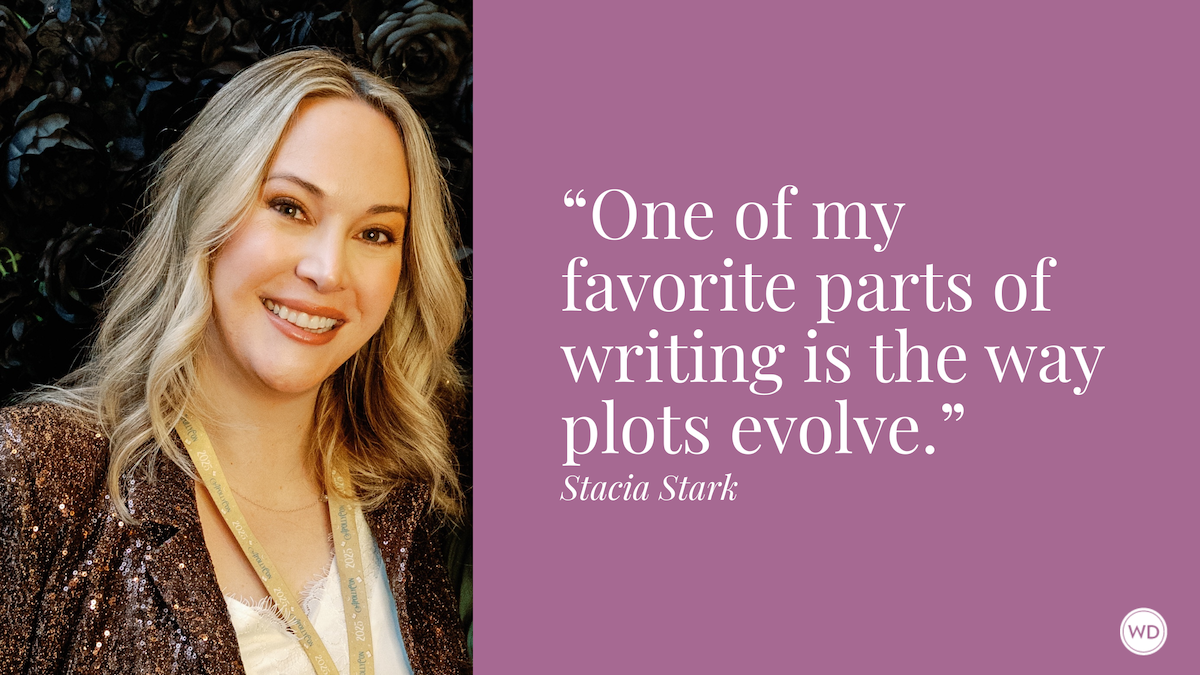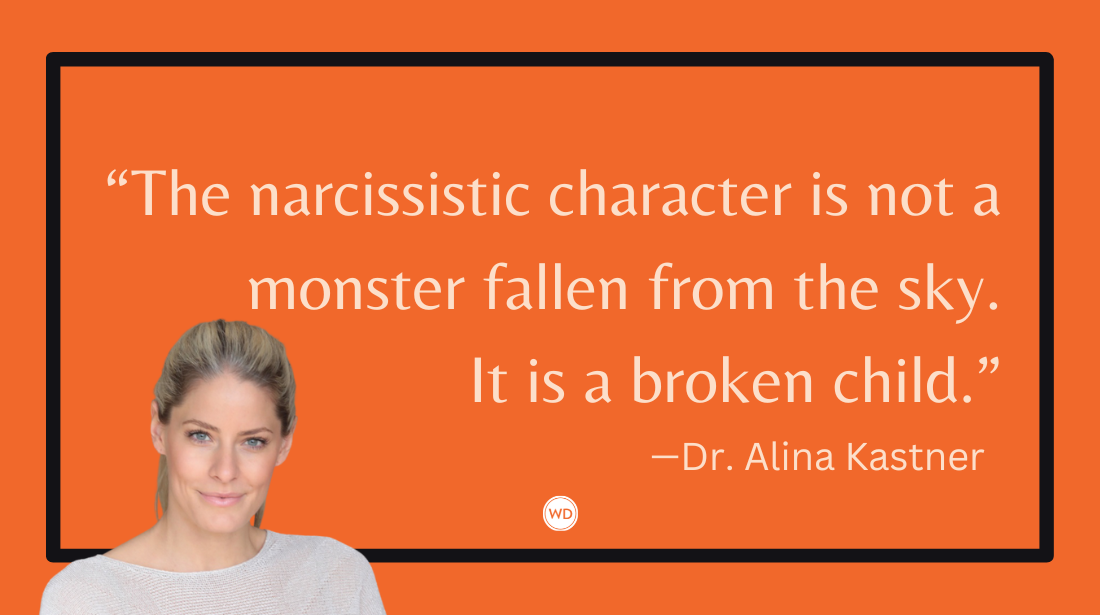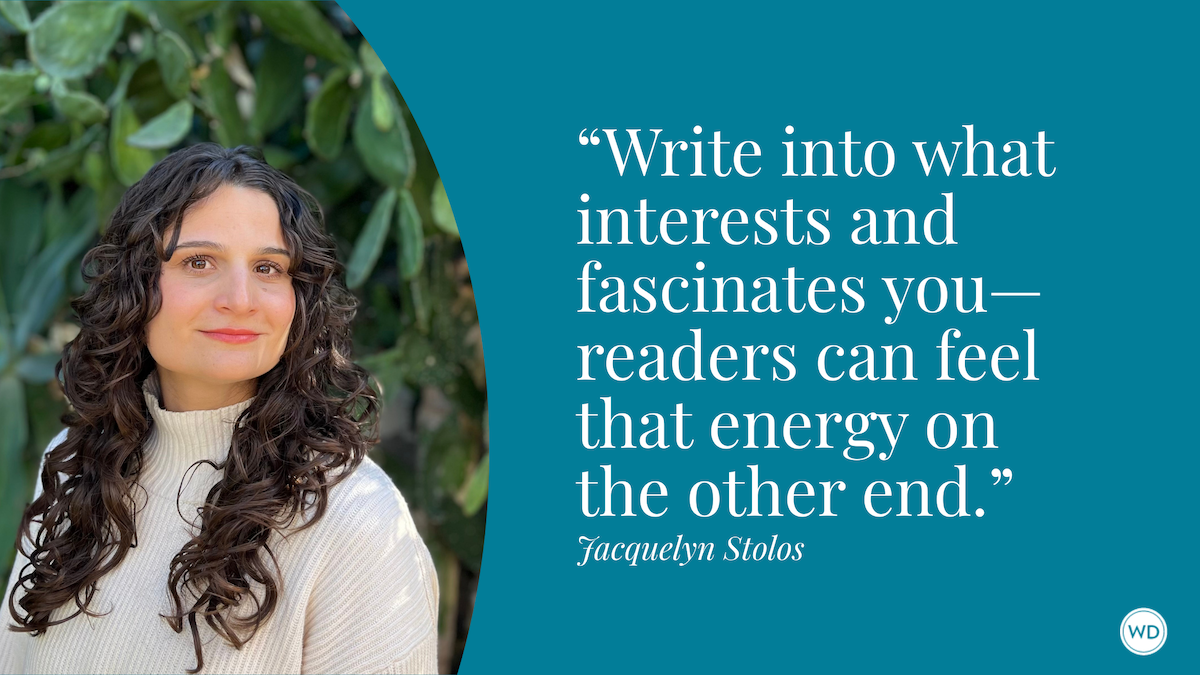10 Screenwriting Techniques Every Writer Can Employ
Applying these screenwriting techniques to your fiction can offer benefits like sharper dialogue, improved pacing and stronger characters.
Writers thrive when we open our minds to new challenges and larger communities. Now more than ever do we eschew identifying exclusively as poets or screenwriters, novelists or journalists, bloggers or playwrights, but find ourselves writing in many mediums, across multiple platforms.
Writers write. Period.
Hollywood loves adapting intellectual property, so there’s never been a better time for writers of all stripes to learn about the screenwriting process. And applying the methods behind strong scripts to your fiction can offer benefits like sharper dialogue, improved pacing and stronger characters.
I can hear you all now: “Frankly, my dear, I don’t give a damn.” But that classic line from Gone With the Wind—a variation on the line in the book—is a perfect example of the gems screenwriting can produce.
Let’s explore 10 screenwriting techniques every writer can employ.
1. POSITIVE MINDSET
With the often multi-million-dollar price tag of producing a movie, screenwriters have no choice but to survive on hope: that we win that contest, that a Hollywood executive will read our query, that the pitching event will garner us a read—even if only by an assistant’s assistant.
As Red from The Shawshank Redemption proclaims to Andy, “Hope is a dangerous thing. Hope can drive a man insane.”
All authors practice perseverance, of course, but against all odds, we screenwriters must feel it deep down in our bones—as you must, too.
2. HIGH CONCEPT
Hollywood loves superhero movies. Why? They make money. Your job is to come up with a fresh idea that has the box-office power of a Get Out. High-concept ideas have a short title and succinct logline. Think Snakes on a Plane, Home Alone or Jaws. You hear the title and instantly get it.
As my writing partner explains, “A high concept isn’t so stupid that everyone gets it … it’s so universal that everyone gets it.” High concept is built-in marketing—it will draw readers in before they’ve even flipped to Page 1.
3. STORY STRUCTURE
Successful films have a clearly defined story structure that meets an audience’s expectation. Screenwriters only have 110 pages to work with, making writing without a road map challenging. Creating a solid outline that hits all the character and plot points will help you piece together a fast-paced story scene by scene.
4. FAST READS
The highest compliment an executive can give is to deem a script a “fast read,” which means they read the entire thing from FADE IN to FADE OUT in one sitting.
To achieve this, scene descriptions are brief, typically no more than three lines, leaving more space for dialogue. Flowery prose is forbidden. We only write what can be seen on screen.
Before defending the literary genius of eloquent prose, remember that today’s novel readers also want to devour a story quickly. Read some Oscar-nominated screenplays to get a feel for how we concisely convey a vast amount of exposition—you may find some clever tricks to build into your own work-in-progress.
5. COMPLEX CHARACTERS
Screenwriters must consider how actors will react to their story. Actors skim straight to the description of the character they’re considering. If the description and first lines of dialogue don’t move them, it’s a pass.
You lose your star … and all the investment dollars that person would attract. When developing your characters, think like an actor. Is it a challenging or inspiring role? Will the character steal a scene? It’s important every character serves the story and is written with clarity and purpose.
*****
The temptation when writing a film is to think of the big-picture elements first — a mind-blowing premise or fast-moving plot, the scope and spectacle — and then to consider the characters who’ll allow the spectacle to take place. But this, of course, is working backward: character isn’t a way to reveal the world of a film — character is the heart of any film, no matter the genre or style, and the world, plot, and stakes of the film exist to reveal and to deepen our understanding of that character, not the other way around
*****
6. CHARACTER ARCS
A film’s protagonist has both an outer goal and an inner one. The inner goal is often a wound they pay lip service to, but never take an active role in fixing.
That inaction prior to the start of the story makes it impossible for them to achieve their outer goal. Take Rick from Casablanca. When the movie starts, he has no interest in being a hero. He’s content as a successful businessman. No relationships, no firm political beliefs. What could go wrong? But via a series of flashbacks, we learn he used to have both love and political passions, until he lost the very girl who would resurface in Morocco, reawakening his purpose—and heart.
By the end, Rick realizes he must let Ilsa go, again, for the good of the cause. He achieves a bigger goal than his own business interest by sacrificing the woman he thought he could never live without.
Don’t be afraid to put your characters on the therapy couch. Determine what your character is most afraid of and demand they face it. Once they stand at the edge of the proverbial cliff, they’ll be forced to make a decision. No one wants to watch a character who’s too chicken to change.
7. DYNAMIC SCENES
The No. 1 rule of screenwriting is to write only what can be seen on the screen. (The classic “show, don’t tell” applies here more than ever.) The second rule is to get into a scene late and get out early. Never have a character walk into a room and start a conversation with, “Hello.” Challenge yourself to begin every scene deeper into the action, and cut it off earlier in a way that leaves your audience hungry to know what happens. Above all, each scene needs to advance the story and add conflict, compelling readers to turn the page.
8. INTENTIONAL ACTION
Screenwriters don’t have the luxury of diving into our character’s heads by using internal dialogue. We convey thoughts through actions. A nervous character telegraphs that emotion with action, such as a twitch or jittery legs. Watch people in real life to see how they physically manifest their internal emotions.
9. PURPOSEFUL DIALOGUE
Character conversations should be sparse. One should speak only if there’s no other way to convey the exposition. Actors use their whole bodies, not just their lips. Give them less dialogue to allow them to dive deeper into the subtext of the character’s actions. One look can say far more than a dozen words.
10. FILM RIGHTS
Writing isn’t just an art, it’s a business. When a novel reads like a movie, your odds of attracting producers and selling the film rights increase exponentially. Some producers are even buying book rights before the novel is finished.
Screenwriting may have to abide by more strict formatting and rely upon more visuals than fiction, but our worlds have commonalities, too. We all want our stories to succeed on take one … or Take Two.
About Jeanne Veillette Bowerman
Jeanne Veillette Bowerman is an Executive at Pipeline Media Group and former Editor-in-Chief of Script magazine and a former Senior Editor at Writer's Digest, where she wrote the regular screenwriting column, Take Two, for Writer's Digest print magazine. Stephanie Palmer listed Jeanne as one of the "Top 10 Most Influential Screenwriting Bloggers." She is also Co-Founder of Writers Strong as well as Co-Founder and moderator of the weekly Twitter screenwriters’ chat, #Scriptchat, and wrote a Tracking Board Top 25 Launch Pad Competition selected script, the narrative adaptation of the Pulitzer Prize-winning book, Slavery by Another Name, with its author, Douglas A. Blackmon, former senior national correspondent of The Wall Street Journal. The 10-hour limited series version of the same project was selected as PAGE Awards TV Drama Pilot Finalist as well as a Sundance Episodic Lab semi-finalist. Jeanne consults with writers on how to build and strengthen their online and offline networks as well as face their fears in order to succeed in writing and in personal peace - a screenwriter's therapist. More information can be found on her website. Follow @jeannevb on Twitter and @jeannevb_ on Instagram.









